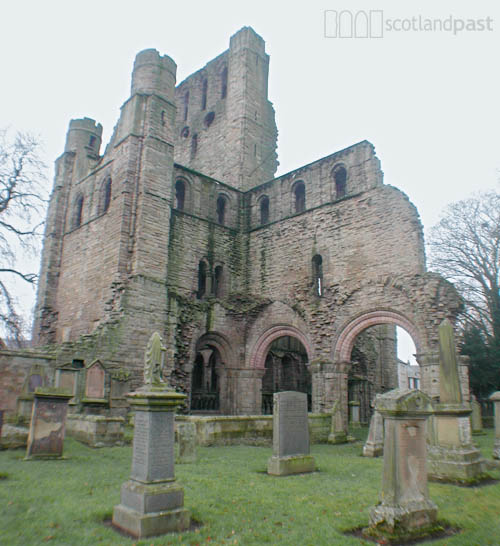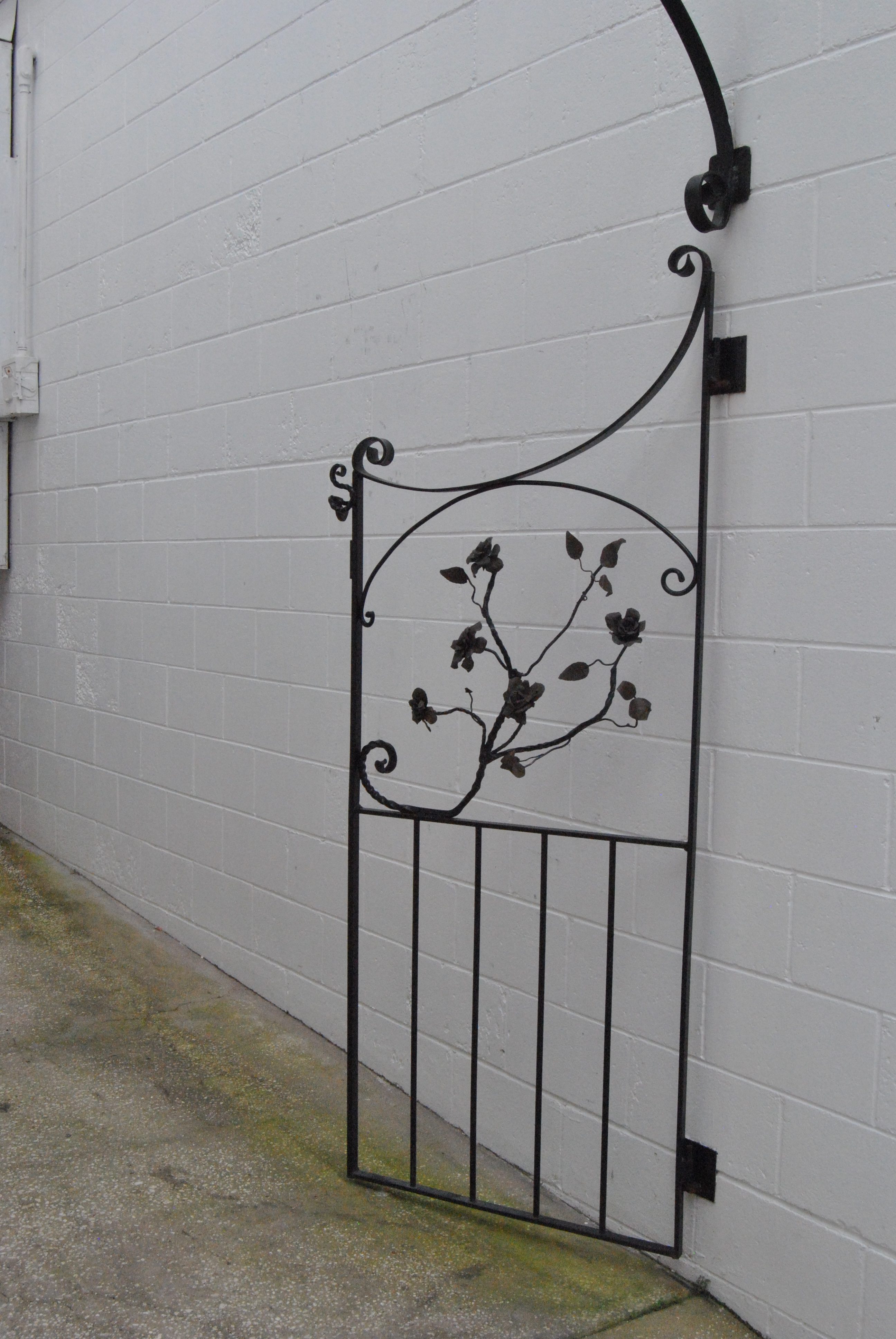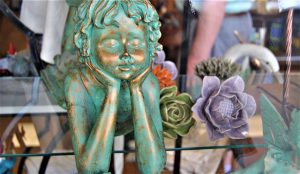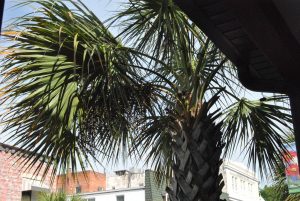continuation of title quote:
In its simplest definition, it is basically a place where nuns, monks, clerics live a more communal lifestyle. By virtue of the power vested in the Holy Church in Rome, a monastery becomes an abbey in the same way as how a child grows to become a man or a woman. Monasteries are therefore the places where people can live a monastic kind of life.
The abbey is a bigger community of either monks or nuns. If dwelt by monks, the abbey is usually led by an abbot (the father) whereas if it is the case of the latter then it is lead by an abbess (the major superior). Technically speaking, abbeys need to have at least 12 religious dwellers unlike the monastery.
Difference Between Abbey and Monastery | Difference Between http://www.differencebetween.net/miscellaneous/religion-miscellaneous/difference-between-abbey-and-monastery/#ixzz5kX09vtED
Germany’s Ettal Abbey
https://www.thespeedyturtle.com/germany/ettal-abbey-germany.shtml
The sprawling structure of Ettal Abbey resembles a castle more than an abbey, and visitors flock to the 14th-century building to see its jaw-dropping baroque interior. Around 50 monks call this monastery home, and run an independent economic unit with things they produce or manage, including a brewery, liqueur shop, hotel, and publishing house.
Benediktinerabtei Ettal, Kaiser-Ludwig-Platz 1, 82488 Ettal, Germany, +49 (0)8822 740
-

Fitz and Floyd Trinket Oval Box in Wrapped Present with Flowers Design in Porcelain
$26.00
- https://www.etsy.com/listing/696213939/fitz-and-floyd-trinket-oval-box-in?ref=shop_home_active_9

While Scotland may not be a place you think of monasteries (or in this case Abbeys—but you know all about that now) it is a place of great and long histories and one of those histories is of the Roman Catholic Church. The country is a roughed one and it is full of ruins as well as ancient buildings. A land of wars between its clans as well as all manor of raiding and invading neighbors, the most note among these is the country that sets south of the Scottland: England. And of course they have a border—a land and line that changed back and forth over time and is soaked by the blood of the many disputes and the lost lives of both sides. I feel particularly akin to all this as my maternal grandmother’s people were Scotts (their actual name) and Scotts were noted as a clan that were Revers—Border Raiders who eat and flourished on the booty they took from the English south of the border.
There are still remains of 4 Abbeys along the Scottish Border—They were found in the 12th Century during the reign of David I (David I, (born c. 1082—died May 24, 1153, Carlisle, Cumberland, Eng.), one of the most powerful Scottish kings (reigned from 1124). He admitted into Scotland an Anglo-French (Norman) aristocracy that played a major part in the later history of the kingdom. He also reorganized Scottish Christianity to conform with continental European and English usages and founded many religious communities, mostly for Cistercian monks and Augustinian canons. https://www.britannica.com/biography/David-I )
Kelso Abbey
https://www.historicenvironment.scot/visit-a-place/places/kelso-abbey/
This is the largest and was the wealthiest of the four border abbeys (see picture above)–it was founded in 1128 and took 84 years to complete. Other than the church there is little left of the once-sprawling monastery precinct. But the ruins of the church is often described as spectacular. It is said to also be worth a visit to the town (same name) which is a favorite of artists and suppose to be one of the prettiest in Scotland. https://www.visitkelso.com/
Jedburgh Abbey
https://www.undiscoveredscotland.co.uk/jedburgh/jedburghabbey/index.html
This abbey is the closest of the four to England and was established in 1138 though there are fragments dating back to an earlier structure of 19th c Celtic stone work. There is a visitor’s center illustrating the lives of Augustinian monks (http://www.augustinianmonks.com/welcome/history.html) It was used as lodgings for King Edward I of England in 1296 on one of his many forays north. (not big on history–this King was the one who fought Wallace and his forces and one–but died near the end of the picture in Brave Heart movie. He was called The Hammer of the Scots. https://www.britannica.com/biography/Edward-I-king-of-England
Dryburgh Abbey
Many of the original building remain in on the banks of the Tweed River–it is considered the most evocative monastic ruin in Scotland. Sir Walter Scott is buried here. https://www.biblio.com/sir-walter-scott/author/1760 Built in the 12 century and having suffered several fires the charter house is said to have plaster and paint going back to it’s origins.
Melrose Abbey
Melrose Abbeyhttps://www.visitscotland.com/info/see-do/melrose-abbey-p247611
This was once one of the richest abbeys in Scotland. It is of special note due to Robert the Bruce http://www.bbc.co.uk/history/historic_figures/bruce_robert_the.shtml \
again for those of you that enjoyed brave heart he is the one who had the father who was dying and who kept betraying Wallace—but at the end led the army in the final scene against the English. And what did the Bruce have to do with this Abbey—his heart was buried here. The Abbey is in ruin but there is a monument to the burial place—check out this site to see what was found there when they did a dig for same:
http://www.bbc.co.uk/history/historic_figures/bruce_robert_the.shtml

If your surname is Armstrong, Maxwell, Johnston, Graham, Bell, Scott, Nixon, Kerr, Crozier or Robson then your family history, just like the astronaut Neil Armstrong’s, may very well be intertwined with the Border Reivers
The Reiver came from every social class from labourer to peer of the realm. He was a skilled horseman and fine guerrilla soldier, practised in the fine arts of arson, kidnapping and extortion. There was no social stigma attached to reiving, it was simply an accepted way of life.
The History of the Border Reivers
by Ben Johnson
https://www.historic-uk.com/HistoryUK/HistoryofScotland/The-Border-Reivers/
-

Darrell Waltrip 9×7 Card with Actual Signature Auto Parts American Racing
$26.00
Of course in the USA we also have monasteries:
The Monastery of the Holy Spirit
Located just 35 minutes outside of Metro Atlanta in scenic Conyers, Georgia. In 1944, twenty one Trappist monks left Gethsemani Abbey in Kentucky and embarked on a journey similar to those originating in early Christianity. The trip led them to the wilderness of rural Georgia where they founded the Monastery of the Holy Spirit https://www.trappist.net/about/history
Where you can: stop by for the day or participate in a retreat https://www.trappist.net/plan-your-visit/retreats, and immerse yourself in the monastic culture. https://www.trappist.net/plan-your-visit
and an Abbey Garden Center that provides a wide variety of unusual items for the gardening, bonsai or outdoor activity enthusiast. https://www.trappist.net/abbey-garden-center
They also have a bakery where you can get fudges, fruitcake and biscotti, as well as Southern-style fruitcake. There’s a stain glass studio https://www.trappist.net/abbey-trades/stained-glass

Welcome to St. Leo Benedictine Abbey. https://saintleoabbey.org/ We are located in Central Florida, a small Community of monks that follows the Rule of Saint Benedict
Our guesthouse is located just off beautiful Lake Jovita. For a donation of $75 per person, you can enjoy a quiet, spiritual get away from a sometimes hectic world. We also have rooms for double occupancy at a donation of $95 per night. Lodging includes meals that you will share in the same dining room with our monastic community. We have a private study, kitchen with microwave and refrigerator and a screened back porch with a lake view.
For guesthouse reservations or adult/youth retreats feel free to contact Dianna via e-mail at stleoabbeybusiness@gmail.com
-

1940 New York World’s Fair Small Vase With Handles
$40.60
- https://www.etsy.com/listing/529656305/1940-new-york-worlds-fair-small-vase?ref=shop_home_active_51



